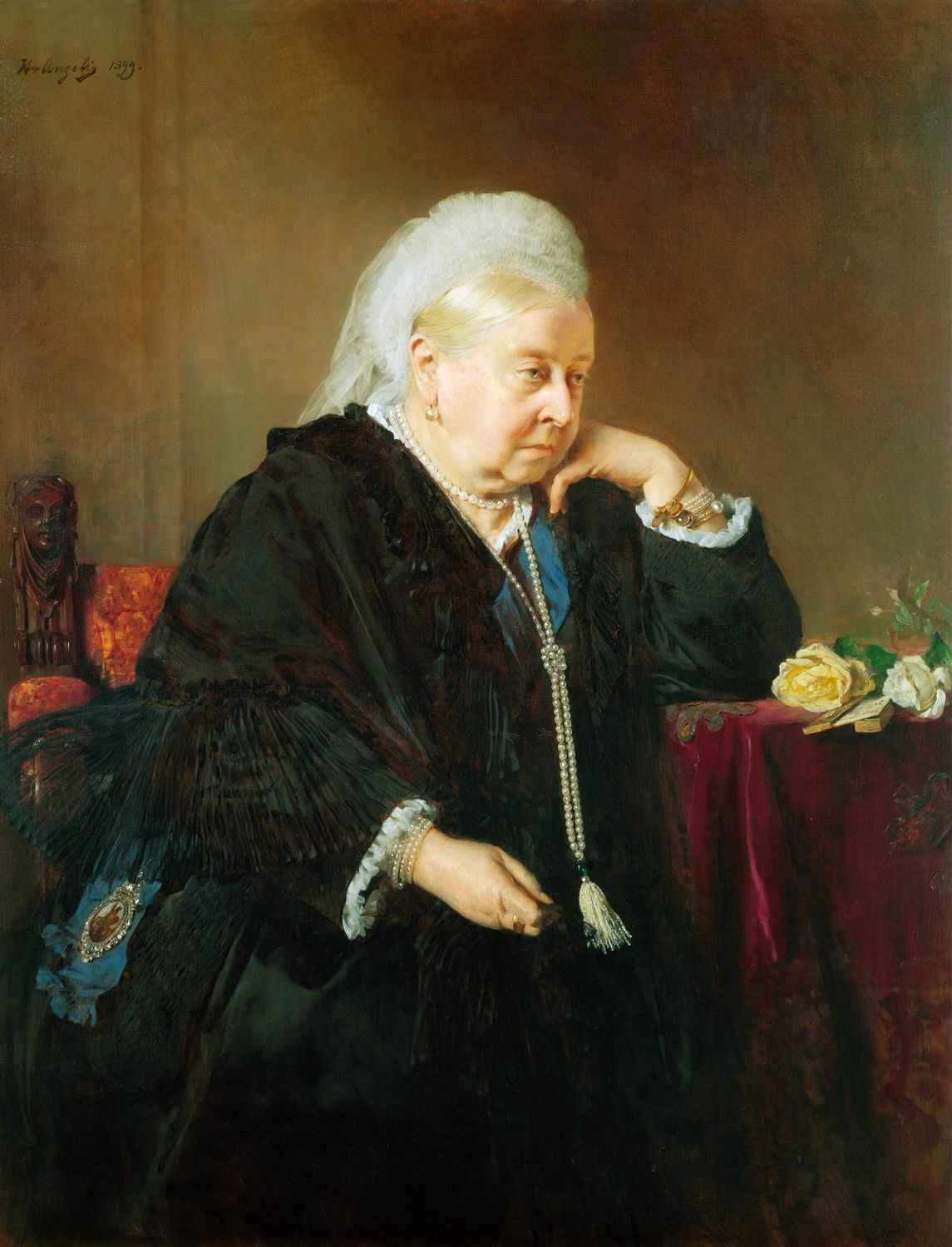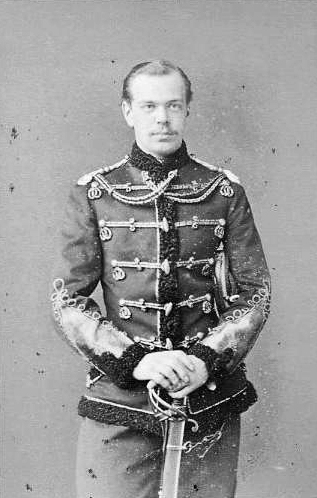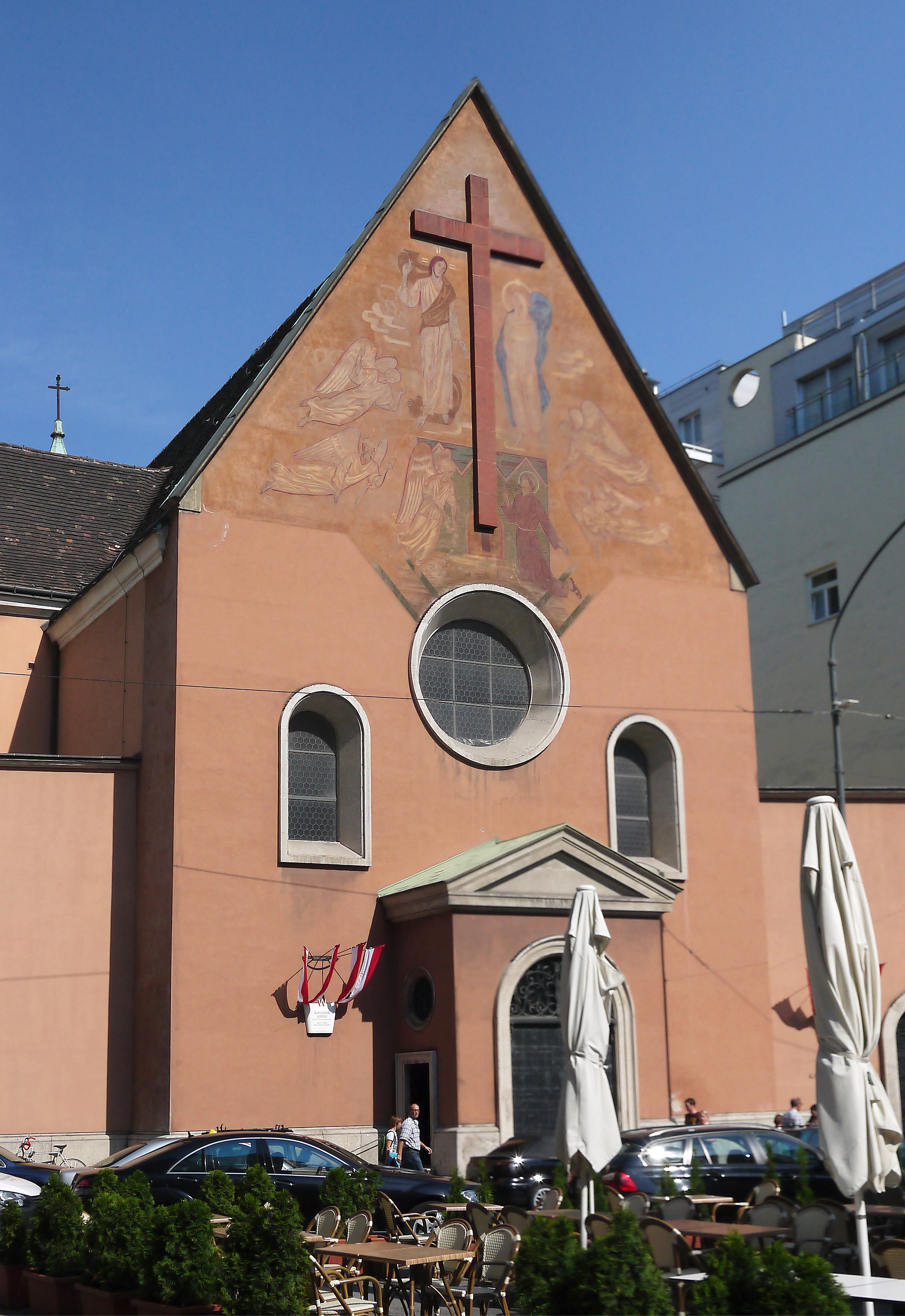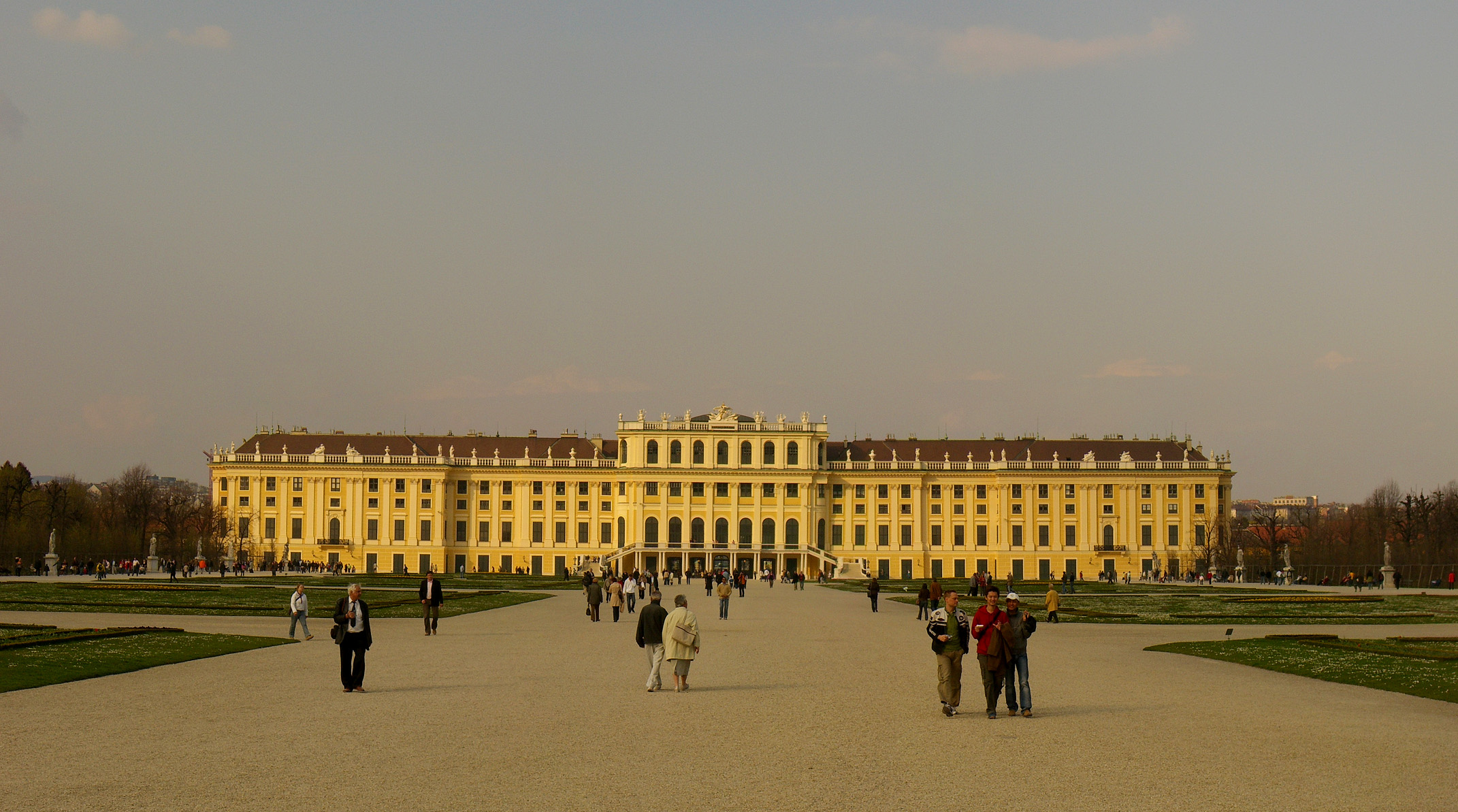|
Katharina Schratt
Katharina Schratt (11 September 1853 – 17 April 1940) was an Austrian actress who became "the uncrowned Empress of Austria" as a ''confidante'' of Emperor Franz Joseph I of Austria, Franz Joseph. Life Katharina Schratt was born in Baden bei Wien, the only daughter of stationery dealer Anton Schratt (1804–1883); she had two brothers. From the age of six, she took an interest in theatre. Her parents tried to discourage her from becoming an actress and sent her to a boarding school in Cologne, however, this only increased her ambition. She finally was allowed to take acting lessons in Vienna and gave her debut at the age of 17 in her hometown. Acting career In 1872, she joined the ensemble of the Konzerthaus Berlin, Royal Court Theatre in Berlin, achieving considerable success in a short time. Schratt left Germany after only a few months, following the call of the Viennese to join their City Theatre. Her performance made her a leading lady of the Viennese stage. In 1879 she ma ... [...More Info...] [...Related Items...] OR: [Wikipedia] [Google] [Baidu] |
Heinrich Von Angeli
Heinrich Anton von Angeli (July 8, 1840, – October 21, 1925) was an Austrian historian and portrait painter. Life The Angeli family was originally from Venice and was ennobled by the Holy Roman Emperor Maximilian II, Holy Roman Emperor, Maximilian II in 1565.Braun-Ronsdorf (1953), p. 288 Angeli was born in 1840 in Ödenburg, then part of the Austrian empire, now known as Sopron in Hungary. He studied at the Academy of Fine Arts Vienna, the Kunstakademie Düsseldorf, and in Munich, before moving back to Vienna in 1862. From 1870 he travelled between Berlin, London, and Vienna, producing portraits. The success of Angeli at painting society portraits was partly due to his skill in depicting uniforms, pearls, and other jewels. As well as royal figures and politicians, he painted other notable people, such as the German chemist August Wilhelm von Hofmann. In 1877, Buckingham Palace invited Ulysses S. Grant to have his portrait painted by Angeli. Angeli's works included portraits ... [...More Info...] [...Related Items...] OR: [Wikipedia] [Google] [Baidu] |
Alexander III Of Russia
Alexander III ( rus, Алекса́ндр III Алекса́ндрович, r=Aleksandr III Aleksandrovich; 10 March 18451 November 1894) was Emperor of Russia, King of Poland and Grand Duke of Finland from 13 March 1881 until his death in 1894. He was highly reactionary and reversed some of the liberal reforms of his father, Alexander II. This policy is known in Russia as "counter-reforms" ( rus, контрреформы). Under the influence of Konstantin Pobedonostsev (1827–1907), he opposed any reform that limited his autocratic rule. During his reign, Russia fought no major wars; he was therefore styled "The Peacemaker" ( rus, Миротворец, Mirotvorets, p=mʲɪrɐˈtvorʲɪt͡s). It was he who helped forge the Russo-French Alliance. Personality Grand Duke Alexander Alexandrovich was born on 10 March 1845 at the Winter Palace in Saint Petersburg, Russian Empire, the second son and third child of Tsesarevich Alexander (Future Alexander II) and his first wife ... [...More Info...] [...Related Items...] OR: [Wikipedia] [Google] [Baidu] |
Kapuzinergruft
The Imperial Crypt (german: Kaisergruft), also called the Capuchin Crypt (''Kapuzinergruft''), is a burial chamber beneath the Capuchin Church and monastery in Vienna, Austria. It was founded in 1618 and dedicated in 1632, and located on the Neuer Markt square of the Innere Stadt, near the Hofburg Palace. Since 1633, the Imperial Crypt serves as the principal place of entombment for the members of the House of Habsburg.Beutler 1999, p. 12. The bones of 145 Habsburg royalty, plus urns containing the hearts or cremated remains of four others, are here, including 12 emperors and 18 empresses. The visible 107 metal sarcophagi and five heart urns range in style from puritan plain to exuberant rococo. Some of the dozen resident Capuchin friars continue their customary role as the guardians and caretakers of the crypt, along with their other pastoral work in Vienna. The most recent entombment was in 2011. History Anna of Tyrol, wife of Emperor Matthias conceived the idea of a Capuchi ... [...More Info...] [...Related Items...] OR: [Wikipedia] [Google] [Baidu] |
Madame De Maintenon
Madame may refer to: * Madam, civility title or form of address for women, derived from the French * Madam (prostitution), a term for a woman who is engaged in the business of procuring prostitutes, usually the manager of a brothel * ''Madame'' (1961 film), a Spanish-Italian-French film * ''Madame'' (2017 film), a French comedy-drama film * Madame (singer) (born 2002), Italian singer and rapper * Madame, puppet made famous by entertainer Wayland Flowers ** Madame's Place, a 1982 sitcom starring Madame * Madame (clothing), an Indian clothing company Places * Île Madame Île Madame () is an island in the Charente estuary on the Atlantic coast of France joined to the mainland by a causeway. The island has an area of four square miles and is unpopulated. It is part of the town Port-des-Barques. Hundreds of Catho ..., French island on the Atlantic coast * Palazzo Madama, seat of the Senate of the Italian Republic in Rome * Palazzo Madama, Turin, Italian palace See also * Ma ... [...More Info...] [...Related Items...] OR: [Wikipedia] [Google] [Baidu] |
Madame De Pompadour
Jeanne Antoinette Poisson, Marquise de Pompadour (, ; 29 December 1721 – 15 April 1764), commonly known as Madame de Pompadour, was a member of the French court. She was the official chief mistress of King Louis XV from 1745 to 1751, and remained influential as court favourite until her death. Pompadour took charge of the king's schedule and was a valued aide and advisor, despite her frail health and many political enemies. She secured titles of nobility for herself and her relatives, and built a network of clients and supporters. She was particularly careful not to alienate the Queen, Marie Leszczyńska. On 8 February 1756, the Marquise de Pompadour was named as the thirteenth lady-in-waiting to the queen, a position considered the most prestigious at the court, which accorded her with honors. Pompadour was a major patron of architecture and decorative arts, especially porcelain. She was a patron of the ''philosophes'' of the Enlightenment, including Voltaire. Hostile crit ... [...More Info...] [...Related Items...] OR: [Wikipedia] [Google] [Baidu] |
Ferdinand I Of Bulgaria
, image = Zar Ferdinand Bulgarien.jpg , caption = Ferdinand in 1912 , reign = 5 October 1908 – , coronation = , succession = Tsar of Bulgaria , predecessor = Himself as Prince , successor = Boris III , reign2 = 7 July 1887 – 5 October 1908 , succession2 = Prince of Bulgaria , predecessor2 = Alexander , successor2 = Himself as Tsar , spouse = , issue = , house = Saxe-Coburg and Gotha-Koháry , father = Prince August of Saxe-Coburg and Gotha , mother = Princess Clémentine of Orléans , birth_date = 26 February 1861 , birth_place = Vienna, Austrian Empire , death_date = , death_place = Coburg, Allied-occupied Germany , burial_place = St. Augustin, Coburg , religion = Roman Catholic , signature = BASA-600К-1-1860-1-Ferdinand I of Bulgaria, signature, 1889.jpg Ferdinand ( bg, Фердинанд I; 26 February 1861 – 10 September 1948), Louda, 1981, ''Lines of Success ... [...More Info...] [...Related Items...] OR: [Wikipedia] [Google] [Baidu] |
Count Johann Nepomuk Wilczek
Count Johann (Hans) Nepomuk Wilczek (german: Hans Graf Wilczek; 7 December 1837 – 27 January 1922) was an Austrian arctic explorer and patron of the arts. He was the main sponsor of the Austro-Hungarian North Pole Expedition in 1872–74. Life Born in Vienna as the son of Count Stanislaus Joseph von Wilczek (1792-1847) and Baroness Gabriele von Reischach (1802-1890). Being from a well-off noble family, young Hans Wilczek made intensive travels and studied archaeology, art history as well as natural sciences. In 1858, he married Countess Emma Maria Emo-Capodilista (1833–1924), a court lady of Archduchess Sophie. He travelled to Russia in 1863, including Crimea and the Caucasus. Then, in 1866, he enlisted in the Austro-Prussian War as a volunteer. Between 1868 and 1870 he travelled across Africa. From 1872 to 1874, he provided for the ''S/X Admiral Tegetthoff'' research vessel and elaborate preparations of the Austro-Hungarian North Pole Expedition, led by Julius Payer a ... [...More Info...] [...Related Items...] OR: [Wikipedia] [Google] [Baidu] |
Vienna State Opera
The Vienna State Opera (, ) is an opera house and opera company based in Vienna, Austria. The 1,709-seat Renaissance Revival venue was the first major building on the Vienna Ring Road. It was built from 1861 to 1869 following plans by August Sicard von Sicardsburg and Eduard van der Nüll, and designs by Josef Hlávka. The opera house was inaugurated as the "Vienna Court Opera" (''Wiener Hofoper'') in the presence of Emperor Franz Joseph I and Empress Elisabeth of Austria. It became known by its current name after the establishment of the First Austrian Republic in 1921. The Vienna State Opera is the successor of the old Vienna Court Opera (built in 1636 inside the Hofburg). The new site was chosen and the construction paid by Emperor Franz Joseph in 1861. The members of the Vienna Philharmonic are recruited from the Vienna State Opera's orchestra. The building is also the home of the Vienna State Ballet, and it hosts the annual Vienna Opera Ball during the carnival season. ... [...More Info...] [...Related Items...] OR: [Wikipedia] [Google] [Baidu] |
Vienna Ring Road
The Vienna Ring Road (german: Ringstraße, lit. ''ring road'') is a 5.3 km (3.3 mi) circular grand boulevard that serves as a ring road around the historic Innere Stadt (Inner Town) district of Vienna, Austria. The road is located on sites where medieval city fortifications once stood, including high walls and the broad open field ramparts (glacis), criss-crossed by paths that lay before them. It was constructed after the dismantling of the city walls in the mid-19th century. From the 1860s to 1890s, many large public buildings were erected along the in an eclectic Historicism_(art), historicist style, sometimes called ' ("Ring Road style"), using elements of Neoclassical architecture, Classical, Neo-Gothic, Gothic, Renaissance Revival architecture, Renaissance, and Baroque Revival architecture, Baroque architecture. Because of its architectural beauty and history, the Vienna has been called the "Lord of the Ring Roads" and is designated by UNESCO as part of Vienna's World He ... [...More Info...] [...Related Items...] OR: [Wikipedia] [Google] [Baidu] |
Palais Königswarter
Palais Königswarter is a ''Ringstraßenpalais'' in Vienna, Austria. It was built for the aristocratic Königswarter family, Königswarter family. References Palaces in Vienna, Konigswarter {{Austria-palace-stub ... [...More Info...] [...Related Items...] OR: [Wikipedia] [Google] [Baidu] |
Bad Ischl
Bad Ischl (Austrian German ) is a spa town in Austria. It lies in the southern part of Upper Austria, at the Traun River in the centre of the Salzkammergut region. The town consists of the Katastralgemeinden ''Ahorn'', ''Bad Ischl'', ''Haiden'', ''Jainzen'', ''Kaltenbach'', ''Lauffen'', ''Lindau'', ''Pfandl'', ''Perneck'', ''Reiterndorf'' and ''Rettenbach''. It is connected to the village of Strobl by the river Ischl, which drains from the Wolfgangsee, and to the Traunsee, into which the stream empties. It is home to the Kaiservilla, summer residence of Austro-Hungarian monarchs Emperor Franz Joseph I and Empress Elisabeth. In 2024, Bad Ischl will be one of the European Capitals of Culture – the third city in Austria after Graz (2003) and Linz (2009). History Bad Ischl was a settlement area since the Hallstatt culture, first mentioned in a 1262 deed as ''Iselen''. In 1419 Archduke Albert V of Austria established the local seat of the Salt Chamber (''Salzkammer'') at ''Wil ... [...More Info...] [...Related Items...] OR: [Wikipedia] [Google] [Baidu] |
Schönbrunn Palace
Schönbrunn Palace (german: Schloss Schönbrunn ; Central Bavarian: ''Schloss Scheenbrunn'') was the main summer residence of the Habsburg rulers, located in Hietzing, Vienna. The name ''Schönbrunn'' (meaning “beautiful spring”) has its roots in an artesian well from which water was consumed by the court. The 1,441-room Rococo palace is one of the most important architectural, cultural, and historic monuments in the country. The history of the palace and its vast gardens spans over 300 years, reflecting the changing tastes, interests, and aspirations of successive Habsburg monarchs. It has been a major tourist attraction since the mid-1950s. History In 1569, Holy Roman Emperor Maximilian II purchased a large floodplain of the Wien river beneath a hill, situated between Meidling and Hietzing. The former owner, in 1548, had erected a mansion called ''Katterburg''. The emperor ordered the area to be fenced and put game there such as pheasants, ducks, deer and boar, in orde ... [...More Info...] [...Related Items...] OR: [Wikipedia] [Google] [Baidu] |







